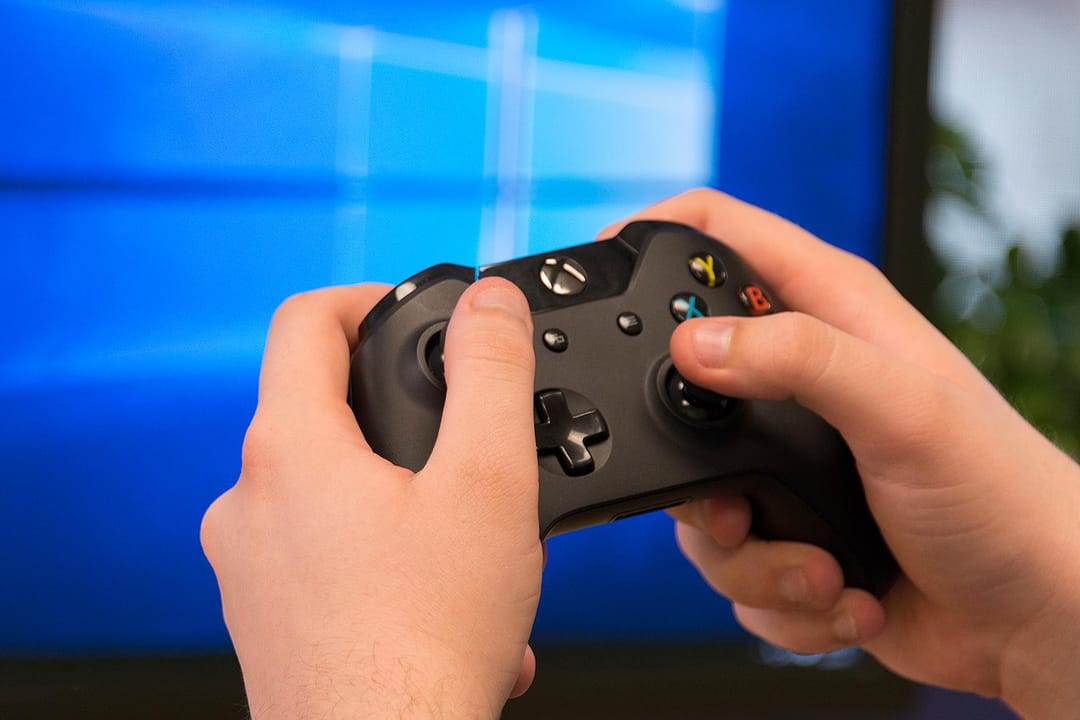
Windows 11 Optimization Guide for Faster PC Gaming
Summary
Enable “Optimizations for windowed games,” Auto HDR, VRR, and Hardware-accelerated GPU scheduling (HAGS) for lower latency and smoother frames on supported hardware.
Keep drivers and Windows up to date; choose Best Performance power mode; trim background apps and overlays.
If you need every last frame, consider temporarily disabling Memory Integrity (Core Isolation) and Virtual Machine Platform (VMP)—but understand the security risks and turn them back on after gaming.
Prefer an NVMe SSD for games; if supported, DirectStorage can reduce load times and CPU overhead.
Align your game frame cap with your monitor’s refresh rate to minimize tearing; use VRR if available.
The essentials: update, power, and cleanup
Update Windows and GPU drivers:
- Windows: Settings > Windows Update > Check for updates
- NVIDIA/AMD/Intel: install the latest Game Ready/Adrenalin/Arc drivers
Set power to performance:
- Settings > System > Power > Power mode: Best performance (on desktops) or Best performance while plugged in (laptops)
Trim startup/background apps:
- Settings > Apps > Startup: disable non-essentials
- Close launchers and overlays you don’t use; keep just the one required for the game
Lower latency and smoother frames in Windows 11
1) Turn on Optimizations for windowed games, Auto HDR, and VRR
Windows 11 introduced “Optimizations for windowed games,” which upgrades older DX10/11 titles running windowed/borderless from the legacy blt model to modern flip model. This reduces presentation latency and unlocks features like Auto HDR and variable refresh rate (VRR). See Microsoft’s explanation and steps in the DirectX blog: Updates in Graphics and Gaming.
Path: Settings > System > Display > Graphics > Default graphics settings
- Enable “Optimizations for windowed games”
- If you have an HDR display, enable Auto HDR (per-game compatibility varies)
- Enable VRR if your display supports it
Tip: At very high frame rates with v-sync off, you may see tearing. Either cap FPS to your monitor’s refresh rate, enable v-sync in-game, or rely on VRR if your monitor supports it (as Microsoft notes in the blog above).
2) Enable Hardware-accelerated GPU scheduling (HAGS)
HAGS offloads more of the scheduling work to the GPU, reducing submission overhead and input-to-display latency on supported GPUs and drivers. Microsoft details the feature and where to enable it here: Hardware Accelerated GPU Scheduling.
- Path: Settings > System > Display > Graphics > Default graphics settings > Hardware-accelerated GPU scheduling
Notes:
- Requires a compatible GPU/driver (WDDM 2.7+).
- Expect subtle gains (lower latency, occasionally steadier frametimes) rather than big FPS leaps.
Security features vs. peak FPS (use with care)
Some Windows 11 security features can impact performance on certain configurations. Microsoft acknowledges that Memory Integrity (HVCI/Core Isolation) and the Virtual Machine Platform (VMP) can affect gaming performance in some scenarios and provides official steps to toggle them. See Microsoft Support: Options to optimize gaming performance in Windows 11.
Memory Integrity (Core Isolation):
- Path: Start > search “Core Isolation” > Core Isolation > toggle Memory integrity OFF (restart), then ON after gaming
Virtual Machine Platform (VMP):
- Path: Start > search “Windows features” > Turn Windows features on or off > uncheck “Virtual Machine Platform” (restart)
Important:
- Turning these off reduces protection; re-enable when you’re done gaming.
- If you use virtualization apps, WSL2, or Android Subsystem, keep VMP enabled.
Storage and load times
Prefer installing games on an NVMe SSD for faster loads and asset streaming.
DirectStorage (Windows feature for faster asset streaming) can reduce load times and CPU overhead in supported titles when paired with a fast NVMe SSD and modern GPU.
Display and sync setup
Set your display’s maximum refresh rate:
- Settings > System > Display > Advanced display > Choose the highest refresh rate your monitor supports
In-game:
- Cap FPS near your monitor’s refresh rate if you don’t use VRR to reduce tearing and wasted work
- With VRR/G-SYNC/FreeSync displays, let the refresh rate track your FPS for smoother motion and fewer artifacts
Game Mode and overlays
Game Mode:
- Settings > Gaming > Game Mode: On
- Helps prioritize game processes and reduce background activity
Xbox Game Bar/Third-party overlays:
- Great for capture and metrics, but every overlay has a cost. Disable what you don’t need, especially capture/instant-replay while benchmarking or chasing competitive frames.
Network polish for online play
Prefer Ethernet over Wi‑Fi for lower latency and jitter.
If on Wi‑Fi: use the 5 GHz or 6 GHz band, place router closer, and minimize interference.
Close bandwidth-heavy apps (cloud sync, streaming, downloads) while gaming.
Quick troubleshooting playbook
Stutters or micro-hitching:
- Update GPU driver; toggle HAGS; disable background capture; try disabling one overlay at a time
Tearing:
- Enable v-sync, cap FPS to refresh rate, or use VRR
Crashes after enabling a new feature:
- Toggle it off for that specific game (Windows per-app Graphics settings provide opt-outs); update drivers
Conclusion: Optimize once, then enjoy the games
Windows 11 gives you several levers—presentation optimizations, Auto HDR/VRR, and HAGS—that can shave latency and smooth out frames when your hardware supports them. Match that with clean drivers, a performance power plan, an NVMe game library, and mindful security toggles (used carefully), and you’ve got a lean, responsive rig that lets your GPU and monitor do their best work. Start with the steps above, test one change at a time, and keep what measurably improves your experience.
